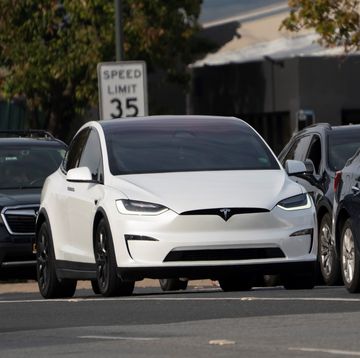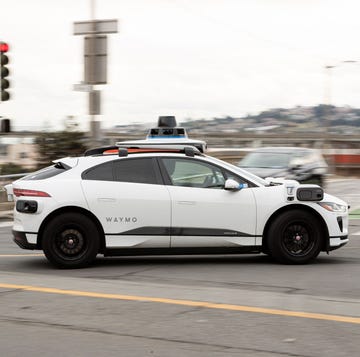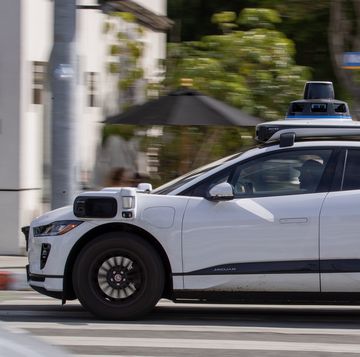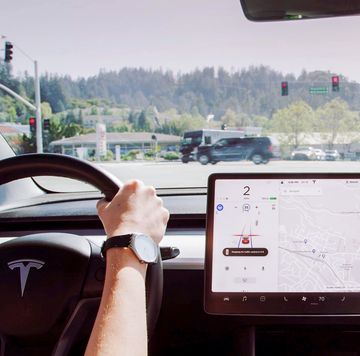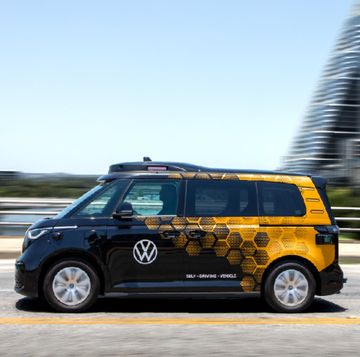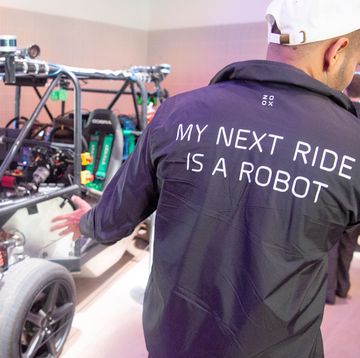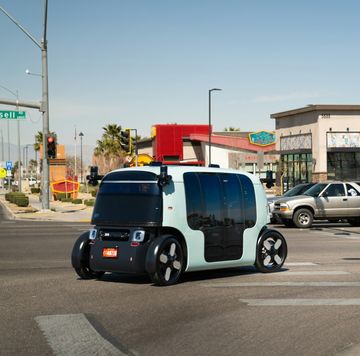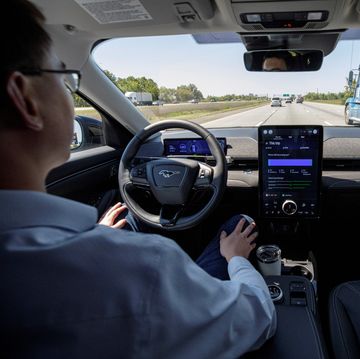Passenger cars aren't the only mode of transportation to which Tesla wants to give autonomous driving capabilities. The company aims to start testing its electric truck prototypes with autonomous tech in Nevada, Reuters reports, citing discussions between Tesla and the Nevada Department of Motor Vehicles. Tesla first announced plans for an electric truck in 2016, with company CEO Elon Musk indicating in April of this year that the truck will be unveiled in September 2017. As Reuters points out, Musk did not mention any plans for autonomous capabilities at the time, but Tesla had hinted at electric trucks when it announced its "Master Plan Part Deux."
"In addition to consumer vehicles, there are two other types of electric vehicle needed: heavy-duty trucks and high passenger-density urban transport," the company said in its Master Plan. "Both are in the early stages of development at Tesla and should be ready for unveiling next year. We believe the Tesla Semi will deliver a substantial reduction in the cost of cargo transport, while increasing safety and making it really fun to operate."
Reuters has learned that Tesla wants to experiment with "platooning," where several autonomous trucks, some without drivers, follow a lead truck on a highway using autonomous driving tech. This technique is viewed as allowing trucks to travel in small groups, creating some aerodynamic benefits for the following trucks and permitting the drivers in the group to switch to a "follow" mode that could not be accomplished with human drivers tailgating each other. In this platoon mode, all the trucks communicate to stay close, taking directions from a lead truck and reacting accordingly.
The benefit of platooning, in theory, is to allow one driver to drive the lead truck and to have driverless trucks follow (thus saving on paid professional drivers).
"To insure we are on the same page, our primary goal is the ability to operate our prototype test trucks in a continuous manner across the state line and within the States of Nevada and California in a platooning and/or Autonomous mode without having a person in the vehicle," Tesla regulatory official Nasser Zamani said in an email seen by Reuters, addressed to the Nevada DMV.
Tesla did not give a specific time frame for starting to experiment with driverless trucks in a platoon configuration, but testing behind platooning tech has been talked about by a number of truck manufacturers also looking into autonomous features.
The Tesla Semi truck that the company plans to reveal next month will be in concept form, but it remains to be seen what autonomous capabilities this concept and current prototypes feature. A version of the Autopilot driver assist system is almost a given considering that Tesla already has all the hardware and software to make this happen, but the company might take it one step further by giving the big rig some more advanced autonomous capabilities.
Tesla isn't the only one tempted by the prospect of autonomous tech in trucks: Freightliner unveiled its own prototype a distant three years ago, featuring Level 2 autonomy that allows the driver to switch to an Autopilot-like mode that gives the truck the ability to control steering, brakes, and acceleration on highways, using lane-keeping tech in addition to radar to drive itself. At the time, Freightliner cautioned that even this level of autonomy, one that allows the driver to take his or her eyes off the road for minutes or hours at a time (but stay awake and in the driver's seat) could be decades away due to various state regulations. Freightliner unveiled its prototype in Nevada, which is one of the most autonomous-friendly states and has welcomed companies to test their vehicles on state roads.
Skeptics of autonomous trucks have cautioned that, regulatory issues aside, autonomous driving technology needs to mature before people will accept trucks without drivers in them. Platooning, with a lead truck driven by a driver, is seen as a logical stepping stone in that direction.

Jay Ramey grew up around very strange European cars, and instead of seeking out something reliable and comfortable for his own personal use he has been drawn to the more adventurous side of the dependability spectrum. Despite being followed around by French cars for the past decade, he has somehow been able to avoid Citroën ownership, judging them too commonplace, and is currently looking at cars from the former Czechoslovakia. Jay has been with Autoweek since 2013.
